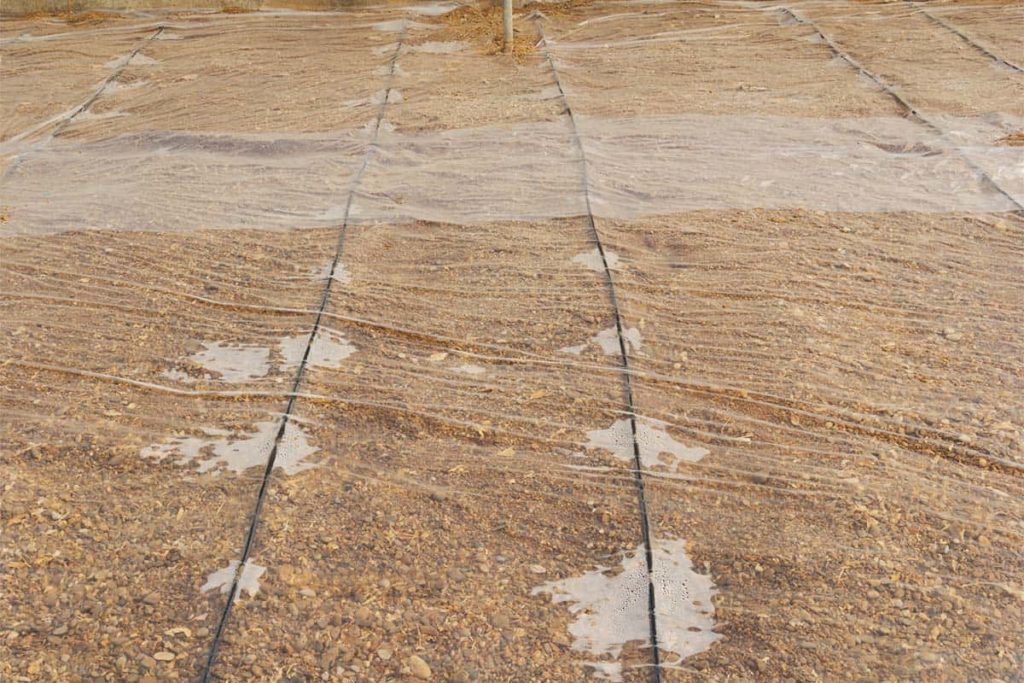How sterilizing soil will help beat back bugs and diseases on the farm. That’s coming up on This Land of Ours.

Pinterest Image
Soil sterilization helps to kill off the pests and fungi that can wreak havoc on farmland. It’s especially useful if farmers have struggled with bacteria, Nematodes, viruses, and weeds.
A popular method of sterilizing soil is called solarization. Solarization harnesses the power of the sun to heat up and sterilize the soil. Typically, this is done using black or clear plastic. This method of sterilization requires an extended amount of time, around 4-6 weeks, of full sun exposure to do its job. The process raises soil temperatures and helps break down plant matter, which eventually increases nutrient availability for your plants.
Covering beds with plastic helps to increase the soil temperature and suffocates weeds and pathogens in the earth. It’s a sterilization method that’s less likely to harm beneficial microbes, but certain heat-tolerant diseases may be able to survive the baking period.
Listen to Cathy Isom’s This Land of Ours program here.
UCCE Small Farms Advisor Margaret Lloyd










